Historical Reference Site
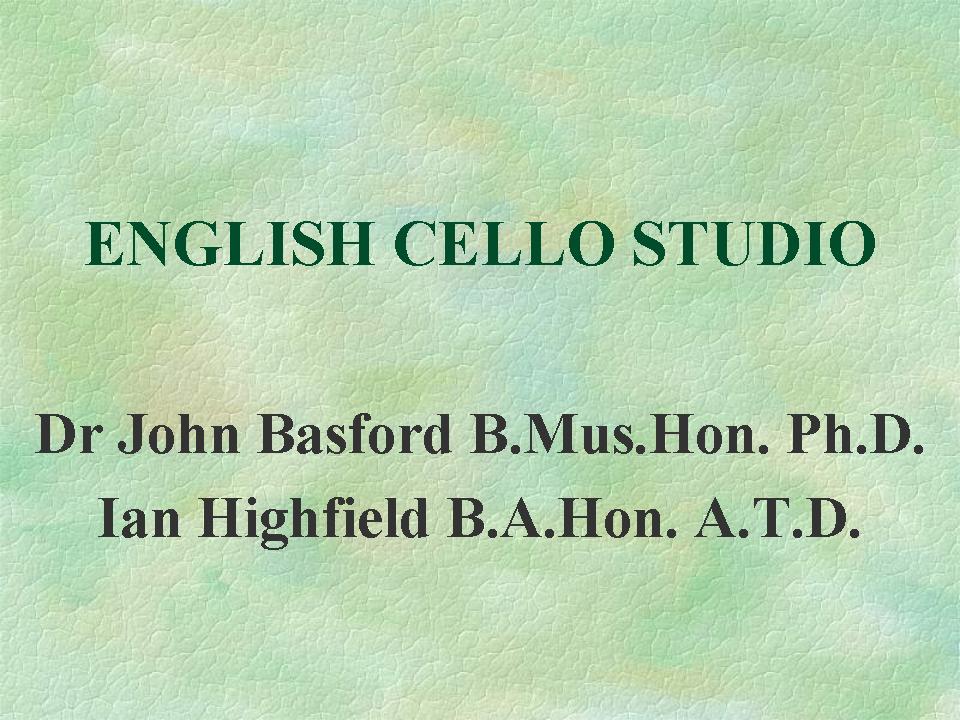
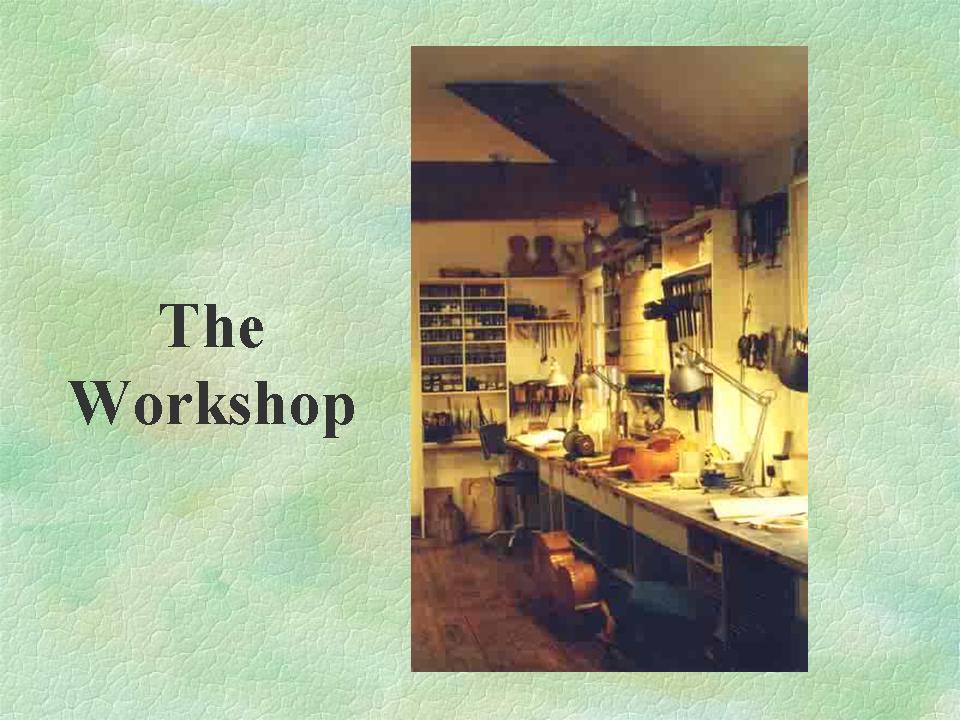
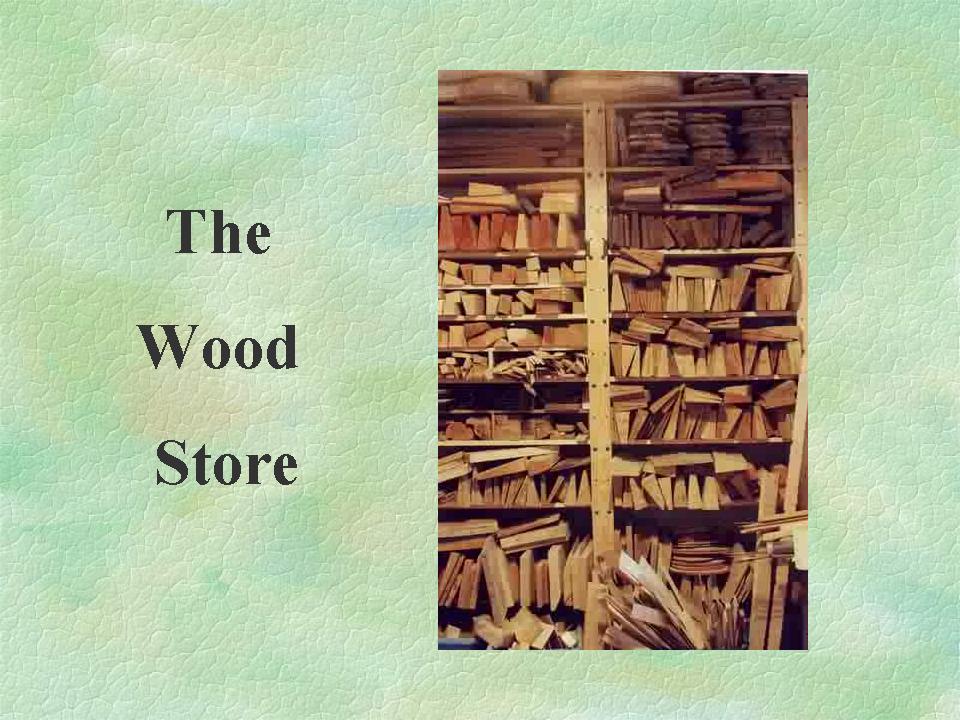
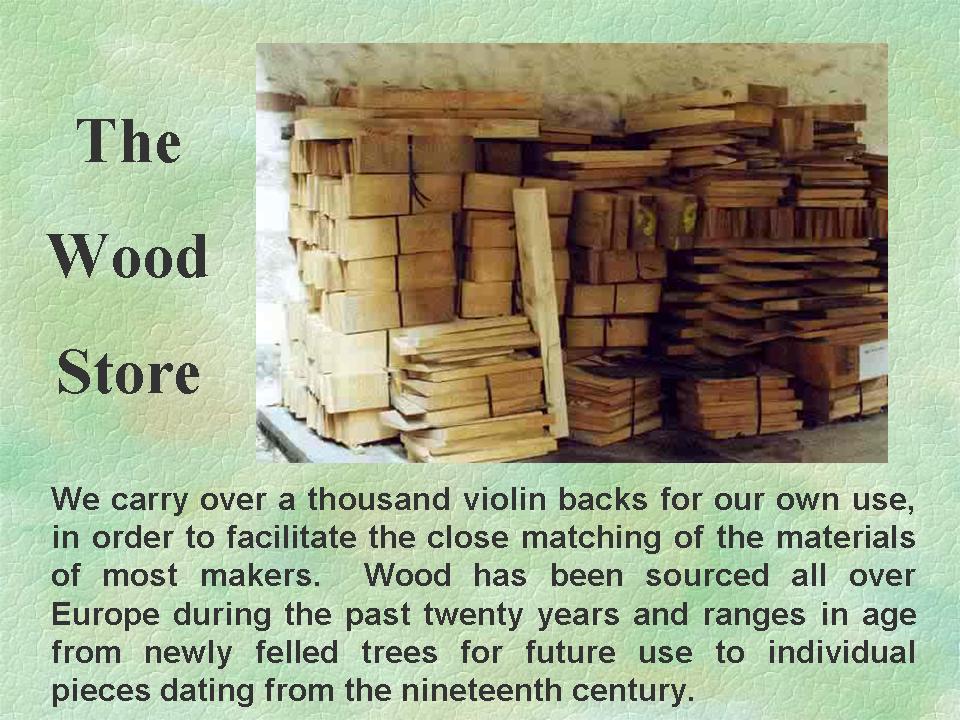
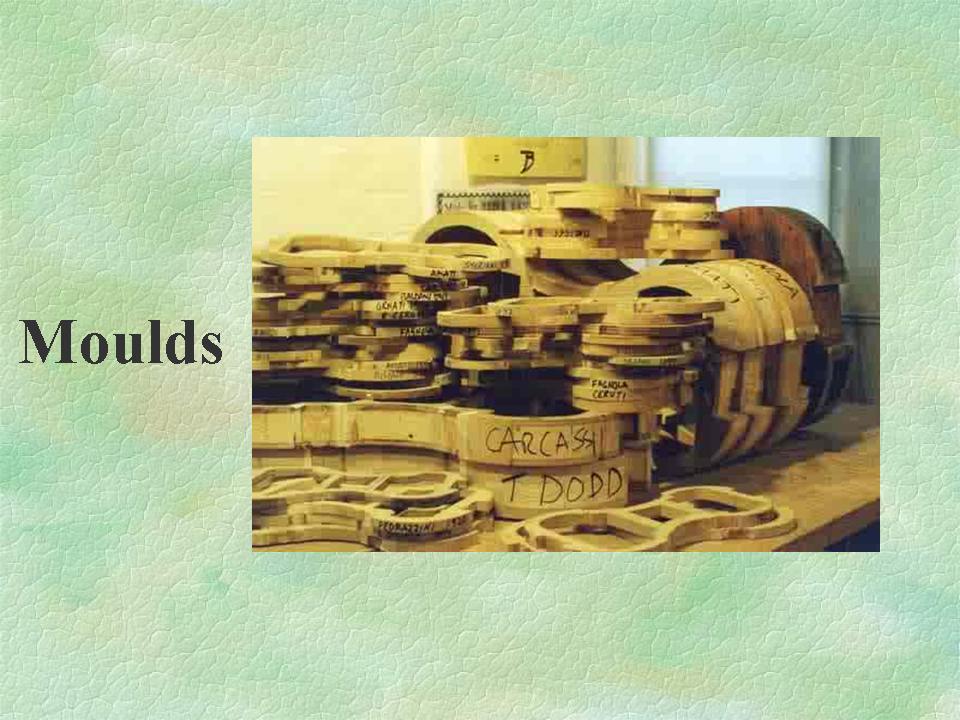

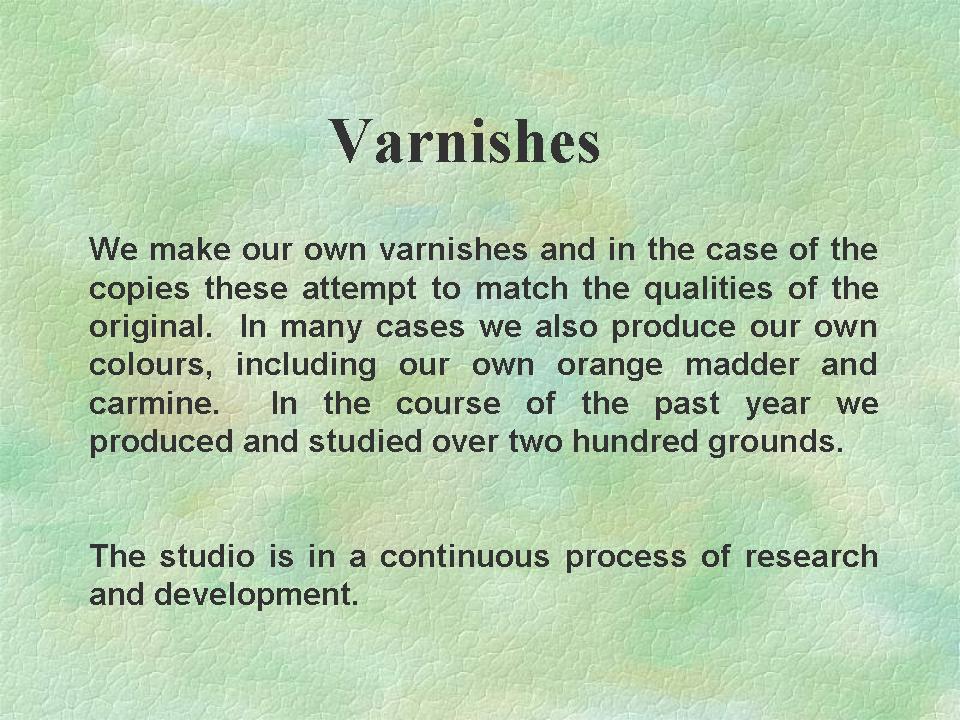
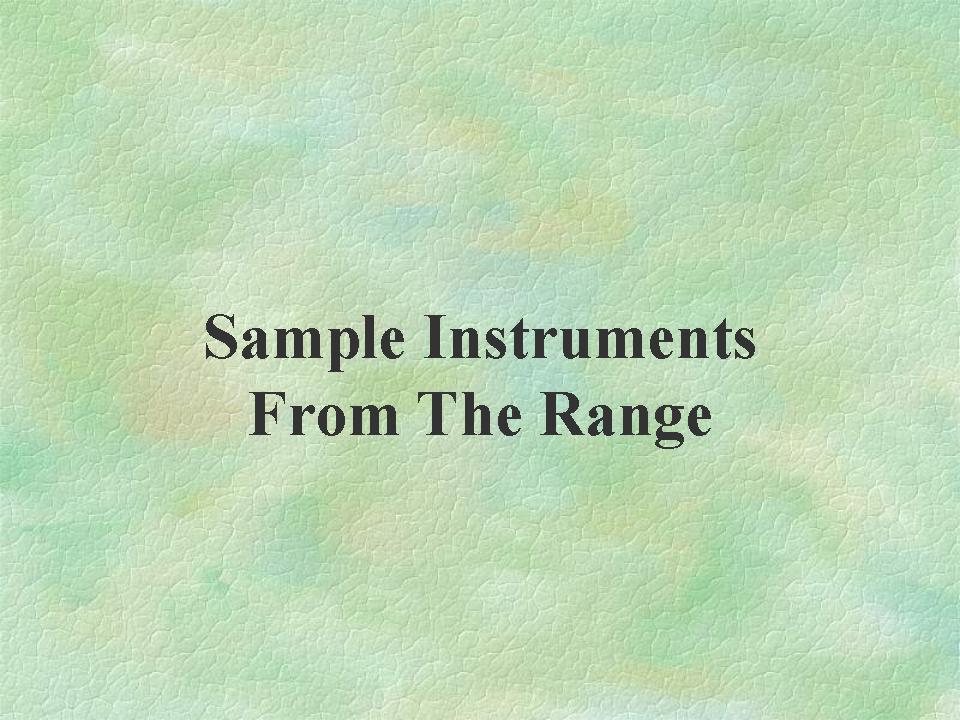
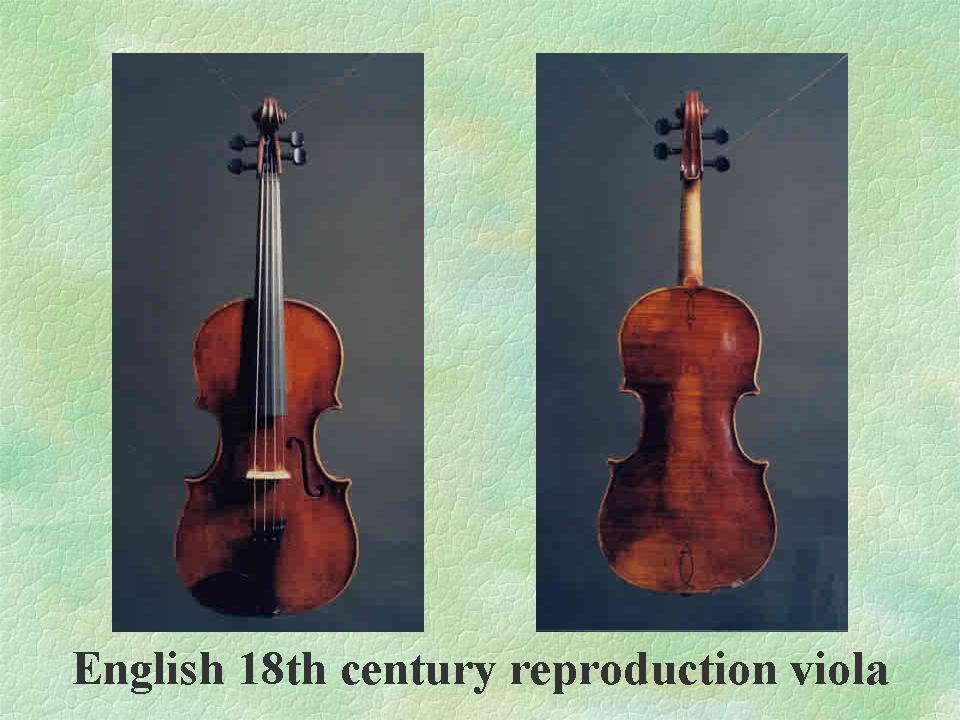

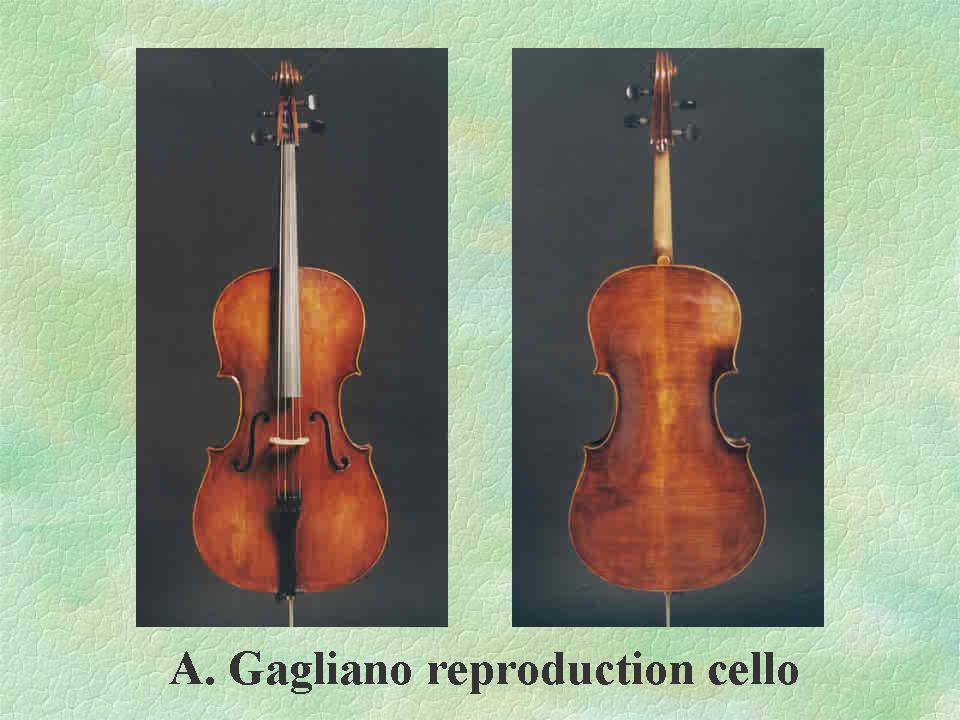



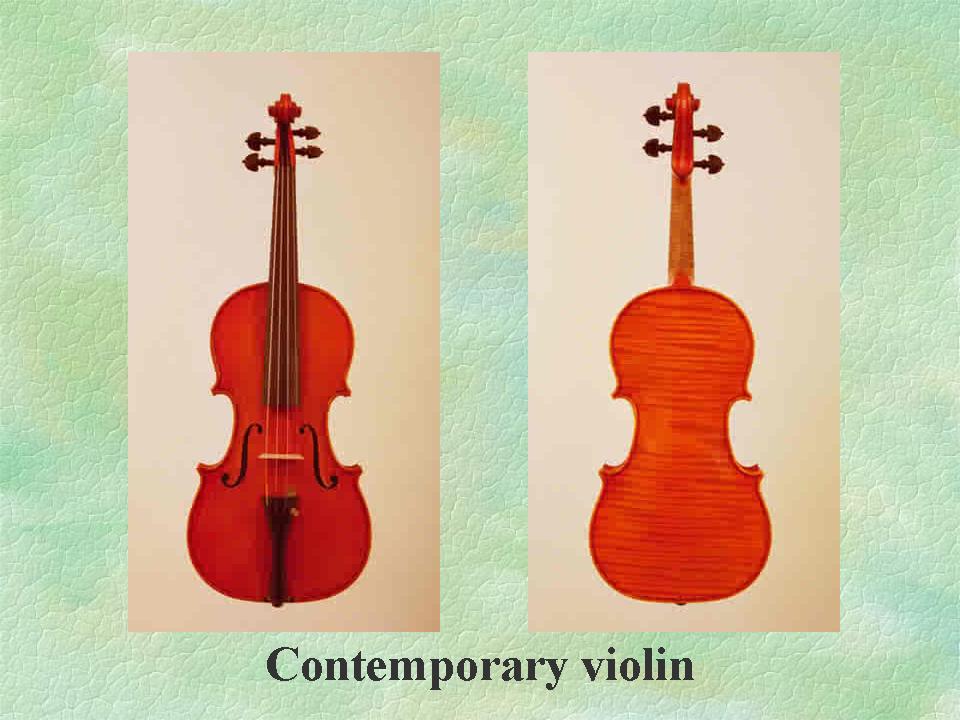

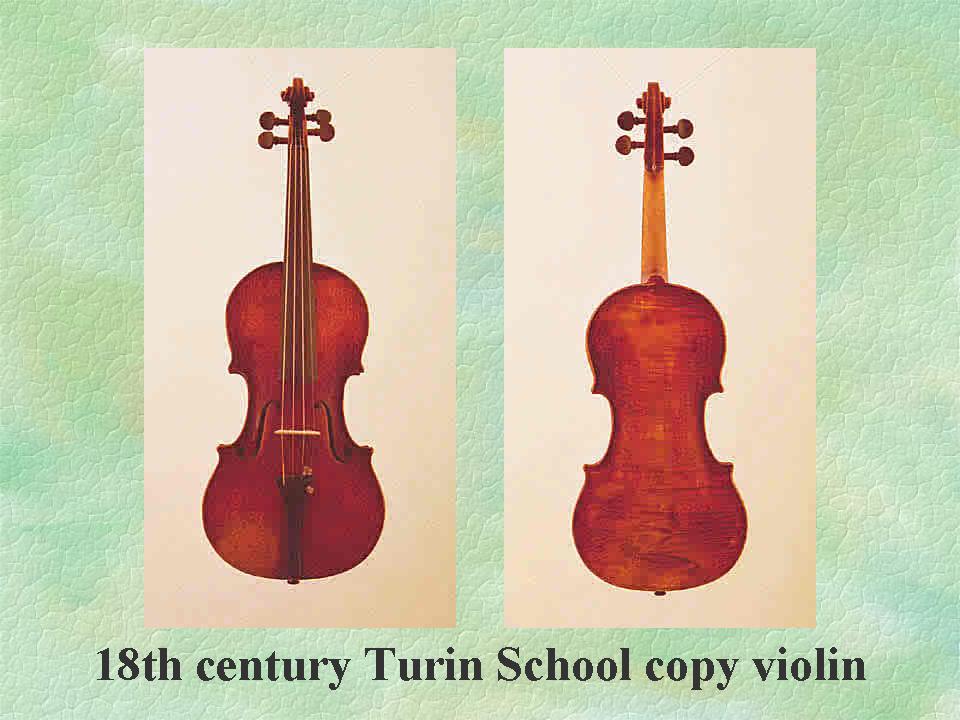

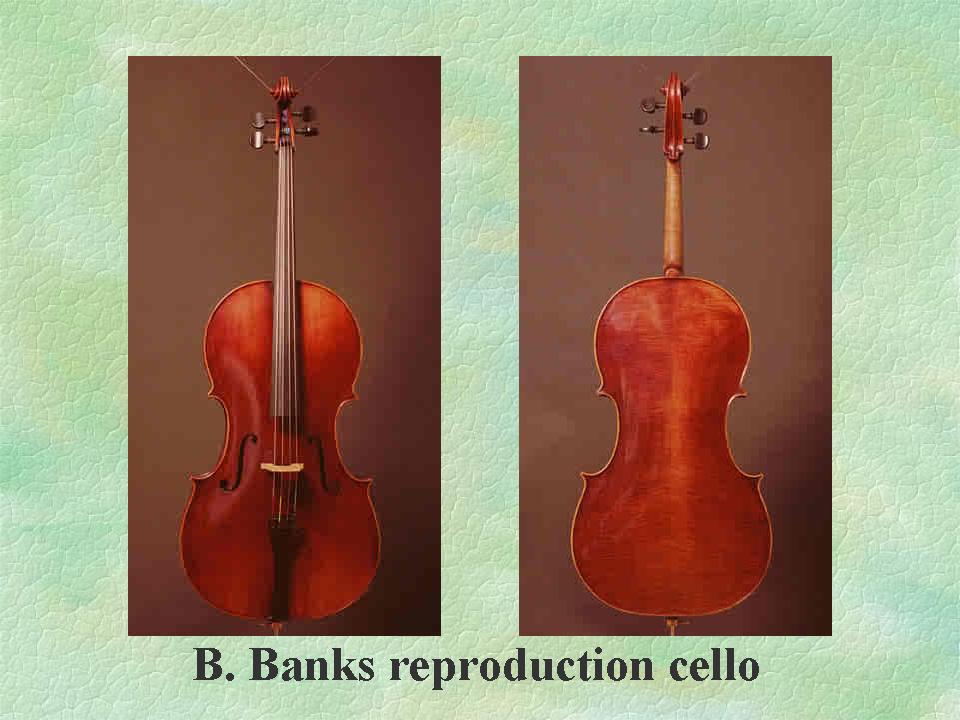
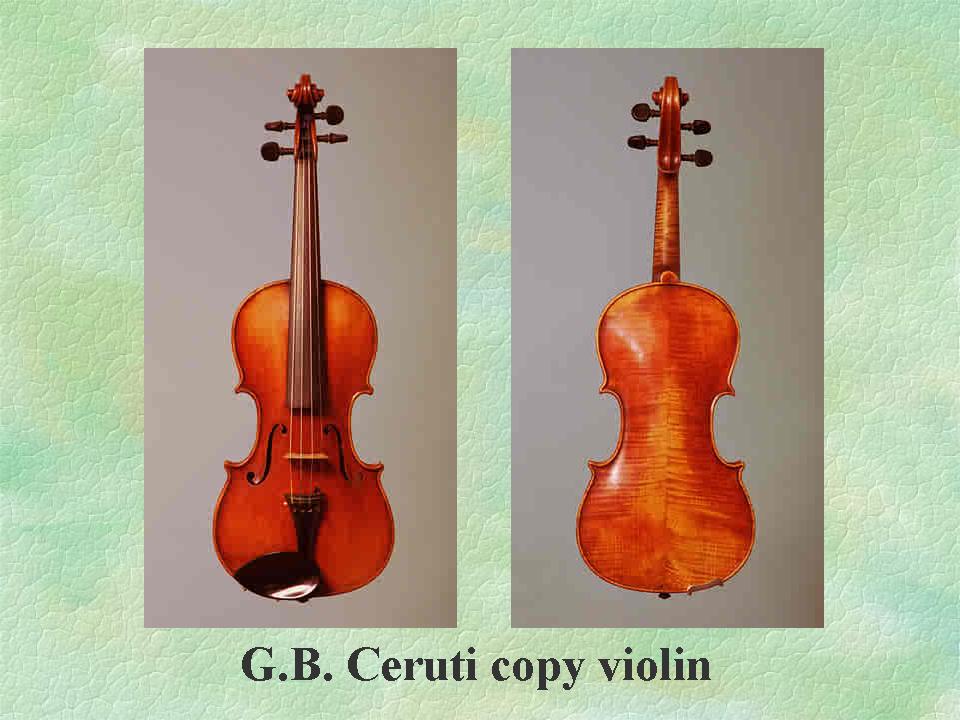
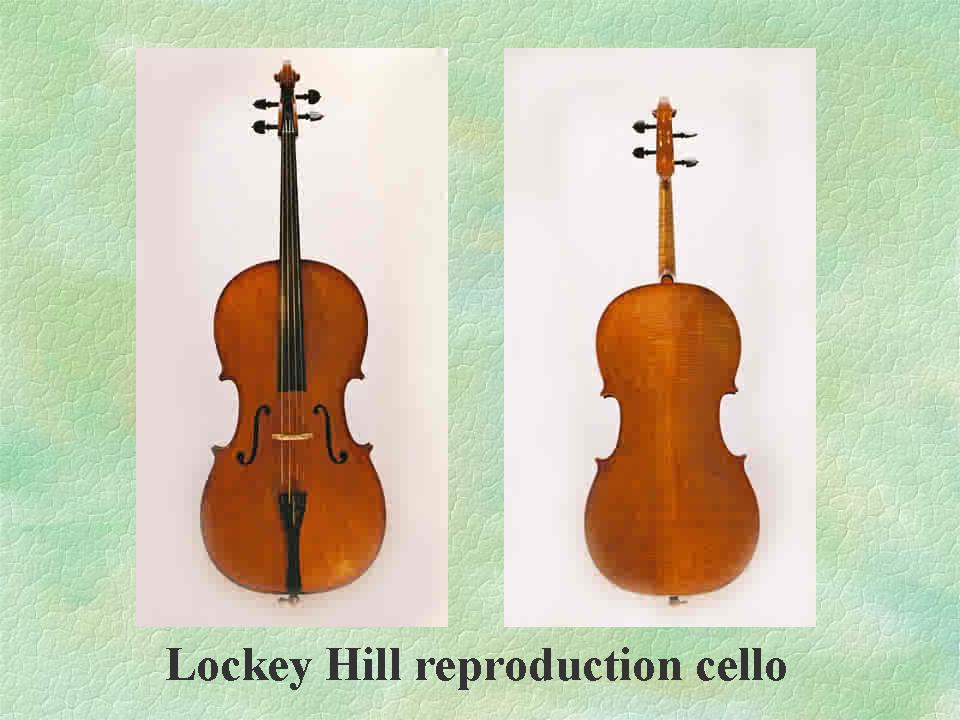

Historical Reference Site






















e-mail: violins@ianhighfield.com
English Cello Studio
In 2001, my friend and colleague of some 20 years suggested a joint enterprise formulated around research. I agreed immediately.
We intended to research every aspect of violin making and to create series of instruments based on significant results obtained. In order to fund the work, the instruments would be sold, through dealers, at prices based on historical records of charges made by busy C19th Italian & French workshops compared to orchestral salaries of the period.
We realised that this would create speculation about use of machines & ready made components and set off the 'price versus value' debate. Even a casual inspection of the range of instruments & styles would satisfy the former, and we were happy for time & the markets to deal with the latter.
Our research developed in three broad directions.
The first was to make the process of making & copying as efficient as possible. We developed jigs, tested tools and analysed every production process for inefficiency. Obviously we exploited every aspect of conventional wood working machines, but all the important characteristics about the creation of an instrument were determined by hand. The objective was not to make fakes, but to capture the spirit & life of the originals without sacrificing elements of our own personality.
The second aspect of our research was to investigate the relationships between outline, dimensions & materials. Every maker likes to use the finest of tone woods, but there are thousands of wonderful instruments made out of materials that would currently be considered unfit for use. We visited wood yards, retired wood workers & dealers in order to lay down a huge stock, some of it extraodinary, and including some pieces of historical interest. We also inspected photographs, measured as many fine instruments as possible and copied many of them.
The final and most consuming area of research was into wood treatment grounds, varnishes and pigments. In order to establish the availability of materials, we investigated C16th market records, ship manifests, pamphlets & letters on varnish making, and even the nature of trades found in the Jewish ghetto in C15th Venice. We also enquired into alternative trades, crafts & associations such as cabinet makers, fabric dyers, carpet makers, alchemists and guilders. As the research continued, we were able to identify and make some accurate reproduction pigments, grounds & varnishes.
The most fascinating discovery was a visual structure present in every instrument from the 'golden period' that we inspected (and yet not mentioned in any text on the violin that we are aware of). Although apparently simple in its form, it is tantalisingly difficult to recreate. We have begun to understand & copy it, and the results speak for themselves in terms of the appearance of the latest grounds, but there is much more work to do.
A mutual change of circumstances led to the closure of the workshop in 2005 and John has now extended his interest in fine art. We still discuss pigments & techniques and he continues to make instruments. He is currently making a viola that I will feature on the website when it is finished. I now have a small workshop at home and am trying to continue working in the ethos of English Cello Studio.
Buxton * Derbyshire * UK